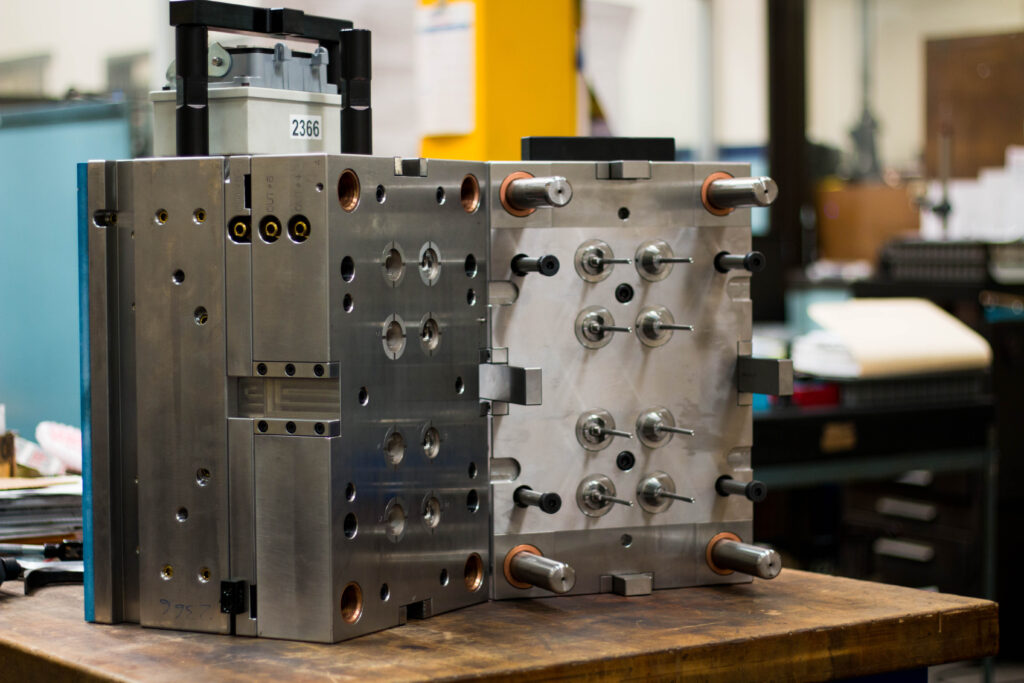Nearly every day, we hear from companies interested in
learning about ways to improve efficiency, reduce costs, and enhance product
quality. One strategic approach to achieving these goals is through transfer
tooling. But what exactly is transfer tooling, and when should a business
consider it? This guide aims to demystify transfer tooling and provide critical
insights for businesses contemplating this strategic move.
When to Explore Transfer Tooling
Transfer tooling involves moving existing injection molds
from one production facility to another. This can be driven by several factors:
·
Cost Reduction: Transferring tools to a
facility with lower operational costs can significantly reduce production
expenses.
·
Capacity Issues: If your current molder
cannot meet production demands, transferring tools to a larger or more capable
facility might be necessary.
·
Quality Improvement: Moving to a facility
with advanced technology or higher quality standards can enhance product
quality.
·
Strategic Relocation: Companies might
transfer tools to be closer to their market or supply chain, reducing lead
times and shipping costs.
Requirements for Transfer Tooling
Before initiating a transfer tooling project, it’s crucial
to understand the requirements to ensure a smooth transition:
·
Detailed Tool Records: Comprehensive
documentation of the tool’s design, modifications, maintenance history, and
production records is essential.
·
Tool Condition Assessment: A thorough
evaluation of the tool’s current state, including wear and tear, to estimate
its remaining lifespan and any needed repairs.
Often this is not available, so Montrose can easily handle this
evaluation in our tool shop after the molds arrive.
·
Compatibility Check: Ensure the new
facility’s machines are compatible with the tools in terms of size, tonnage,
and injection capabilities. This is also
something that can be easily verified by a Montrose Technical Rep either before
or after the injection mold has been transferred.
What to Consider When Planning a Transfer Tooling
Project
Planning a transfer tooling project requires careful
consideration of several factors to minimize downtime and ensure a successful
transition:
·
Timing: Schedule the transfer during a
low production period to minimize impact on supply chains.
·
New Molder’s Capabilities: Evaluate the
new molder’s technical capabilities, experience, and quality assurance
processes. A consultation with a
Montrose technical rep can shed light on Montrose’s expensive custom injection
molding and extrusion capabilities.
·
Logistics: Plan the logistics of moving
heavy and sensitive tooling equipment to avoid damage and delays.
·
Legal and Intellectual Property Issues:
Ensure that all legal and IP considerations are addressed, including
non-disclosure agreements (NDAs) and transfer contracts.
Questions to Ask Your New Molder When Planning to
Transfer Tools
To ensure that your new molder is a perfect fit for your
transfer tooling project, consider asking the following questions:
1.
Experience and References: Can you
provide examples of successful transfer tooling projects you’ve completed?
2.
Technical Capabilities: What is the range
of your injection molding machines in terms of tonnage and injection capacity?
3.
Quality Control Processes: How do you
ensure the quality of products produced with transferred tools?
4.
Project Management: How will the transfer
project be managed, and who will be our main point of contact?
5.
Maintenance and Repair Capabilities: How
do you handle tool maintenance and repairs? Are these services done in-house or
outsourced?
6.
Cost Structure: What are the costs
associated with transferring tools to your facility, including any initial
assessment or modification fees?
Transfer tooling can offer significant benefits, including
cost savings, enhanced product quality, and strategic alignment with business
goals. By carefully considering when to explore transfer tooling, understanding
the requirements, planning meticulously, and choosing the right new molder,
businesses can ensure a smooth and successful transition.


